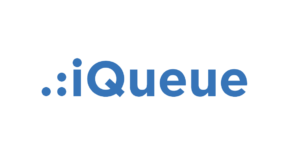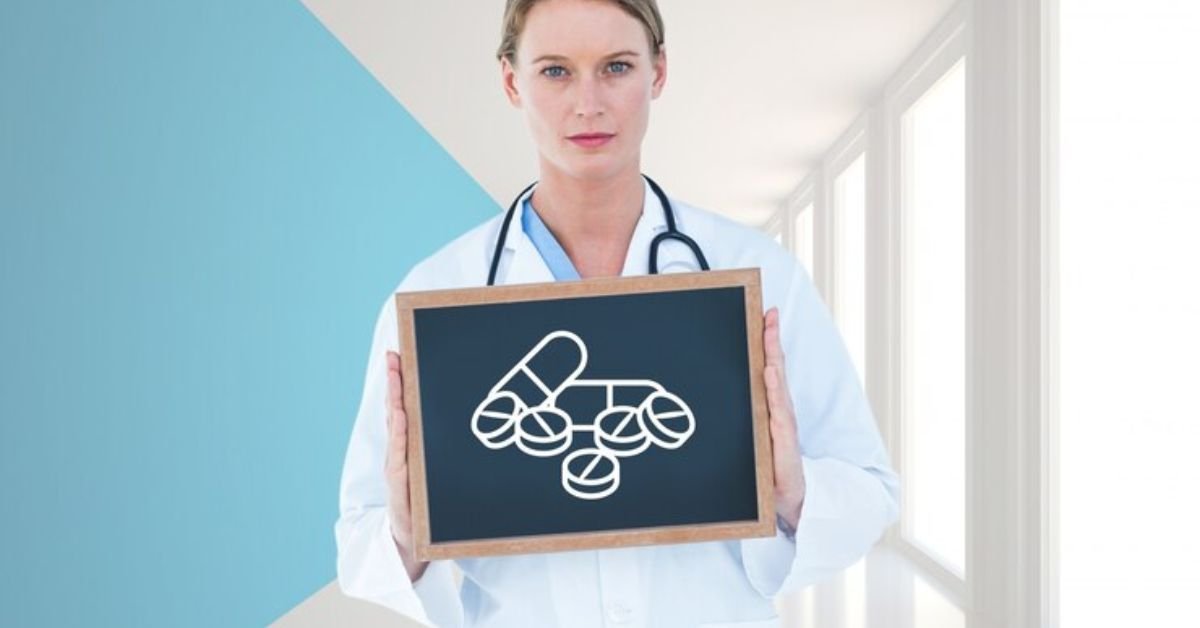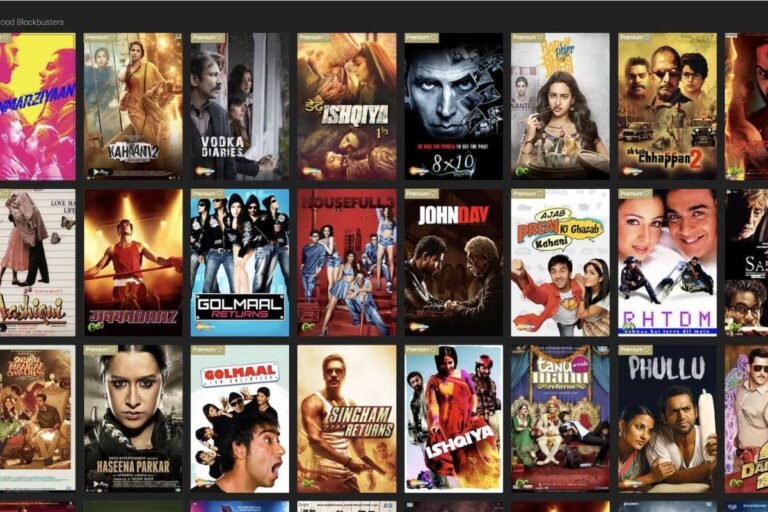In the world of medical education, dedicated professionals work behind the scenes to shape the next generation of healthcare providers. Bradley Ventayen at CUSM (California University of Science and Medicine) is one such individual whose contributions are making waves in academic and clinical settings. Through innovative approaches, student-centered strategies, and a commitment to excellence, Ventayen is advancing the standards of medical training and fostering an environment that empowers future physicians.
This article explores the significant role Bradley Ventayen plays at CUSM, including the importance of his work, key concepts in medical education, applications in real-world scenarios, and the challenges that come with advancing medical training. We’ll look at how Ventayen’s efforts are shaping CUSM’s curriculum and supporting medical education that is responsive, impactful, and aligned with modern healthcare needs.
Table of Contents About Bradley Ventayen CUSM
Detailed Explanation of Bradley Ventayen CUSM
Who is Bradley Ventayen?
Bradley Ventayen is a key figure in medical education at California University of Science and Medicine (CUSM), contributing his expertise to the development of innovative programs that prepare students for careers in healthcare. His work spans various facets of medical education, from curriculum development to mentorship, ensuring that students receive well-rounded training grounded in both theory and practical application.
Ventayen’s philosophy emphasizes a student-centered approach, focusing on creating a supportive learning environment that promotes engagement, knowledge retention, and hands-on experience. His contributions play a crucial role in keeping CUSM’s programs competitive and relevant in a rapidly evolving healthcare landscape.
What is CUSM?
The California University of Science and Medicine (CUSM) is a distinguished medical school in California, known for its commitment to producing skilled, compassionate healthcare professionals. CUSM’s mission is to advance healthcare education and address the needs of diverse communities by providing high-quality medical training. The university offers a range of programs, including its Doctor of Medicine (MD) program, designed to equip students with the skills necessary to excel in clinical settings.
CUSM is recognized for its innovative curriculum, which integrates medical science with hands-on clinical training and emphasizes the importance of community-focused healthcare. Bradley Ventayen’s work at CUSM aligns with these goals, contributing to a curriculum that prepares students for real-world challenges.
Key Concepts in Medical Education at CUSM
1. Student-Centered Learning
CUSM adopts a student-centered learning approach, which prioritizes the needs, learning styles, and preferences of students. This approach encourages active participation and fosters a supportive academic environment.
2. Integrated Curriculum
An integrated curriculum merges theoretical knowledge with clinical practice, allowing students to apply their learning in practical settings. This approach prepares students for the demands of patient care by bridging the gap between classroom learning and real-world application.
3. Community-Focused Healthcare Training
CUSM emphasizes community health and prepares students to address the unique needs of diverse populations. This community-focused training encourages students to consider the broader social, economic, and cultural factors that impact patient health.
4. Hands-On Clinical Experience
Hands-on experience is a core component of CUSM’s programs. Through clinical rotations, simulations, and patient interactions, students gain practical skills that build confidence and competence in a clinical environment.
5. Continuous Assessment and Feedback
CUSM uses continuous assessment and feedback mechanisms to monitor student progress and ensure that learners meet academic and professional standards. This feedback loop supports growth and improvement, helping students refine their skills and knowledge.
Importance and Benefits
Why Bradley Ventayen’s Work at CUSM is Important
Bradley Ventayen’s contributions at CUSM play a significant role in shaping the quality of medical education offered at the institution. His work supports a holistic approach to healthcare education that combines academic rigor with practical application, helping to produce graduates who are well-equipped for the challenges of modern healthcare. By fostering an environment of continuous learning and improvement, Ventayen’s influence is felt by students and faculty alike, ultimately benefiting the patients and communities these future physicians will serve.
Key Benefits of Bradley Ventayen’s Approach at CUSM
1. Enhanced Student Engagement and Retention
Ventayen’s student-centered approach increases engagement and knowledge retention, enabling students to absorb and apply their learning more effectively.
2. Preparedness for Clinical Practice
With an integrated curriculum that emphasizes hands-on experience, students are well-prepared to transition into clinical practice, equipped with both theoretical knowledge and practical skills.
3. Adaptability to Diverse Healthcare Needs
Ventayen’s emphasis on community-focused training prepares students to serve diverse populations, fostering adaptability and empathy in healthcare delivery.
4. Ongoing Professional Development
Continuous assessment and feedback promote a culture of growth, encouraging students to develop professionally and meet high standards in both academic and clinical settings.
5. Alignment with Modern Healthcare Standards
By integrating innovation and practical skills, Ventayen ensures that CUSM’s programs align with the latest healthcare standards, helping graduates stay competitive in the medical field.
Applications and Use Cases
Real-World Applications of Bradley Ventayen’s Work at CUSM
Case Study 1: Community Health Initiatives
Bradley Ventayen’s work at CUSM emphasizes the importance of community health. As part of their training, students participate in community health initiatives that provide services to underserved populations, enabling them to apply their skills in real-world settings. This hands-on experience instills a sense of responsibility and prepares students to address diverse healthcare needs.
Case Study 2: Integrated Learning for Clinical Readiness
Through Ventayen’s contributions, CUSM has developed an integrated learning model that prepares students for clinical practice. For instance, students apply classroom knowledge during clinical simulations, allowing them to develop diagnostic skills and patient interaction techniques in a controlled environment. This approach prepares them to handle real clinical situations with confidence and competence.
Case Study 3: Mentorship for Aspiring Healthcare Leaders
Ventayen provides mentorship to students aspiring to make a difference in healthcare. By offering guidance and support, he helps students navigate academic challenges and career planning. His mentorship equips students with leadership skills and fosters a sense of purpose, encouraging them to contribute meaningfully to healthcare.
Case Study 4: Continuous Assessment for Skill Development
CUSM’s use of continuous assessment, supported by Ventayen’s initiatives, allows for early identification of student strengths and areas for improvement. Students receive constructive feedback that helps them hone their clinical and diagnostic skills, ensuring they meet professional standards.
Case Study 5: Curriculum Innovations Aligned with Healthcare Trends
Ventayen contributes to curriculum updates that reflect current healthcare trends, such as telemedicine and digital health. These updates prepare students to work with emerging technologies and adapt to the evolving landscape of healthcare delivery.
Challenges and Solutions
Challenge 1: Balancing Theory and Practical Experience
Medical education requires a balance between theoretical knowledge and practical skills, which can be challenging to achieve in a structured curriculum.
Solution
Ventayen addresses this by promoting an integrated curriculum that combines theory with clinical practice. This approach ensures that students receive a well-rounded education that prepares them for real-world scenarios.
Challenge 2: Addressing Diverse Learning Needs
Students have varied learning preferences and paces, making it difficult to create a one-size-fits-all approach to medical education.
Solution
Ventayen’s student-centered approach accommodates diverse learning styles by incorporating interactive lectures, group discussions, and hands-on training. This flexibility helps each student succeed according to their unique needs. For more informative articles visit: ag-duba
Challenge 3: Preparing Students for Technological Advancements
Healthcare technology evolves rapidly, requiring students to stay updated on the latest tools and techniques.
Solution
Ventayen ensures that CUSM’s curriculum includes training on emerging technologies, such as electronic health records (EHR) systems and telemedicine platforms, equipping students to work in technology-driven environments.
Challenge 4: Providing Consistent Feedback Without Overwhelming Students
While continuous assessment is beneficial, excessive feedback can overwhelm students and affect their confidence.
Solution
CUSM implements a balanced feedback system, with constructive input provided at regular intervals. This allows students to absorb and apply feedback without feeling overburdened.
Challenge 5: Fostering Cultural Competence in a Diverse Patient Population
Cultural competence is essential for treating diverse patient populations, yet developing this skill requires dedicated training.
Solution
Ventayen incorporates cultural competence training into the curriculum, preparing students to work effectively with patients from varied backgrounds. Through workshops and real-world exposure, students learn to consider cultural factors in healthcare delivery.
Conclusion
Bradley Ventayen’s work at CUSM represents a forward-thinking approach to medical education that prioritizes student development, community-focused healthcare, and hands-on training. Through his contributions, CUSM’s curriculum aligns with modern healthcare demands, producing graduates who are not only knowledgeable but also skilled and compassionate healthcare providers. Ventayen’s dedication to medical education fosters a culture of growth, innovation, and adaptability, making him a pivotal figure in preparing future physicians for successful careers.
For those interested in learning more about CUSM or Bradley Ventayen’s impact on medical education, connecting with CUSM’s faculty or exploring their programs provides a deeper insight into the institution’s commitment to excellence in healthcare training. As healthcare continues to evolve, the role of dedicated educators like Ventayen will remain crucial in shaping the skills and values of tomorrow’s healthcare providers.
Frequently Asked Questions (FAQs)
1. Who is Bradley Ventayen?
Bradley Ventayen is a prominent figure at California University of Science and Medicine (CUSM), where he contributes to curriculum development, student mentorship, and innovative medical education practices.
2. What makes CUSM’s curriculum unique?
CUSM’s curriculum emphasizes a student-centered, integrated learning approach that combines theoretical knowledge with practical clinical experience, preparing students for real-world healthcare environments.
3. How does Bradley Ventayen support student success at CUSM?
Ventayen’s approach includes continuous feedback, mentorship, and curriculum updates that align with healthcare trends. His focus on student-centered learning enhances student engagement and academic success.
4. Why is hands-on clinical experience important in medical education?
Hands-on experience allows students to apply their theoretical knowledge in practical settings, building confidence and competence for patient care.
5. How does CUSM prepare students for diverse patient populations?
CUSM’s curriculum includes community-focused training and cultural competence workshops, equipping students to deliver compassionate, effective care to diverse patient groups.












